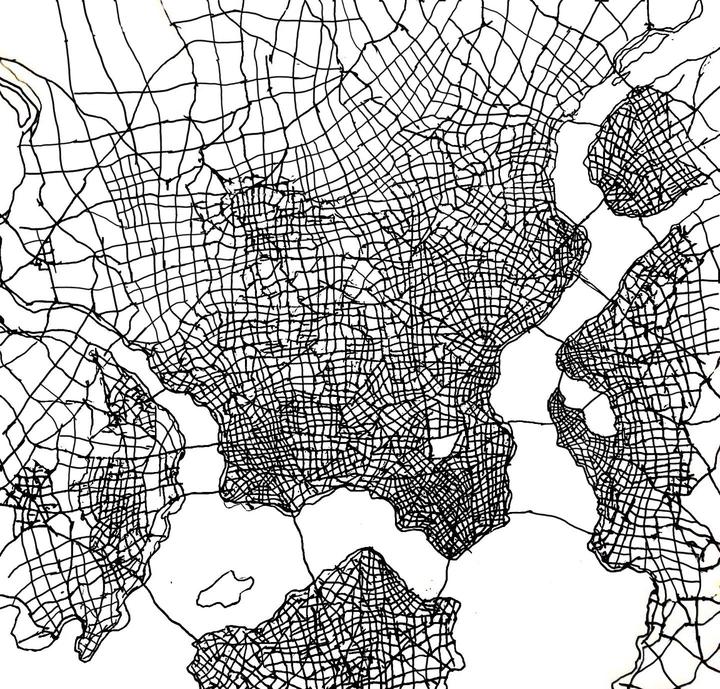Creative Geography in Middle School Art
A middle school student’s imaginative hand-drawn map reveals remarkable talent in geographic design and urban planning, showcasing creative world-building and spatial reasoning abilities that merit further development.

Middle school students often exhibit unique interests that hint at their future potential. In this case, a student from China has demonstrated exceptional creativity by designing an original provincial map complete with city layouts and geographic features.
The young cartographer’s work displays sophisticated understanding of several key elements. The map incorporates thoughtful city placement, suggesting awareness of how geography influences urban development. The careful labeling of cities indicates attention to detail and systematic thinking in organizing spatial information.
This type of creative geographic visualization combines multiple valuable skills:
Geographic literacy forms the foundation, as students must understand how physical features like mountains, rivers, and coastlines shape human settlement patterns. The creation process exercises spatial reasoning abilities crucial for fields ranging from urban planning to architecture.
Artistic elements come into play through the visual presentation, requiring decisions about symbols, labels, and overall composition. This bridges the technical aspects of cartography with creative expression.
World-building creativity emerges as students develop coherent geographic systems, considering factors like transportation networks, resource distribution, and population centers. This demonstrates higher-order thinking about how different elements of a region interrelate.
For nurturing this interest, several development paths could be valuable:
Professional mapping software and geographic information systems (GIS) could help transition this hobby toward technical skills. Urban planning simulation games might provide interactive ways to explore city development concepts. Most importantly, encouragement to continue geographic creative projects, perhaps incorporating additional layers of detail like climate zones or cultural regions, would help maintain engagement.
The key is supporting this natural interest while gradually introducing more sophisticated geographic concepts. What begins as creative mapmaking could develop into genuine aptitude for urban planning, geography, or related fields where spatial visualization and systematic thinking are essential.
This student’s imaginative provincial map represents more than just an engaging hobby - it demonstrates the kind of multifaceted learning that emerges when creativity intersects with geographic understanding. With proper guidance, such interests can evolve from simple mapmaking into deeper engagement with how we conceptualize and organize space.